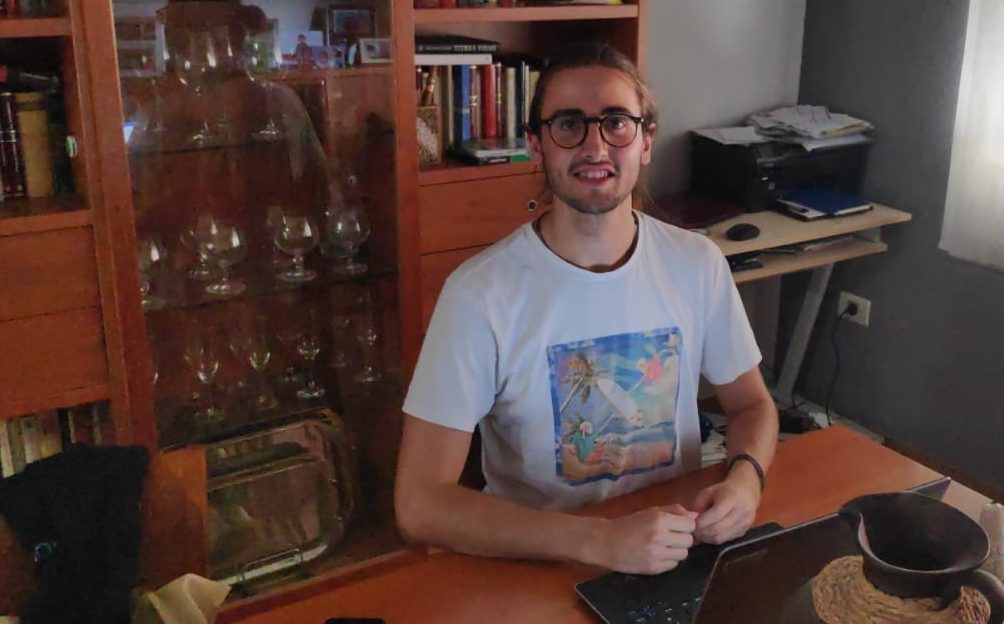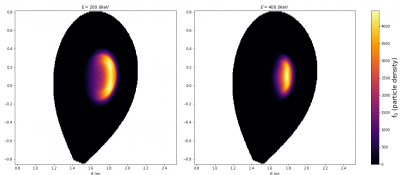
I am Donato Jiménez Benetó, an undergraduate student in mathematics and engineering physics. I took part in the BSC International Summer HPC Internship Programme during the summer of 2021 at the Fusion Group. Unfortunately, I had to work from home during the whole internship due to the COVID-19 situation, but, even so, I felt very welcome and well cared for by the group from the first day.
My mentor during the internship has been Jordi Manyer. In the first couple of weeks, which were mostly formative, he guided me through the basics in Plasma Physics and Fusion, providing me with books and papers to read and giving me explanations of some key points which I needed for my internship. Also, he showed me how to access and use the MareNostrum4 supercomputer, which was really exciting for me because I felt I had a piece of cutting edge technology just at my fingertips.
The work that I have done is related to the PION code, a modelling tool which simulates ICRH (Ion Cyclotron Resonance Heating) in fusion plasmas in tokamaks, and a post-processing script in python which extends the 1D output from PION to a 2D distribution function. The script was developed by Gerard Castro, a physics and math graduate, as part of his Final Degree Thesis directed by the fusion group leader, Prof. Mervi Mantsinen, during a research internship at the Fusion Group. I spent most of the time further developing this script, and in the final steps of my internship I implemented some of these changes in the PION code, which is written in Fortran 77.
In order to get started with the script I wrote some small corrections that were needed, for example, to account for a resonance in the High Field Side of the tokamak, that is, in the inner part of the fusion reactor. Once I was familiar with the script I was able to implement deeper changes, such as adding functionality and reducing its execution time. The kind of plots that we produce are shown in the figure below, which displays the particle density in a poloidal section of a tokamak at two different particle energies. The plots display the anisotropic distribution of the heated ions during ICRH in the ASDEX Upgrade tokamak. The heated ion orbits tend to get trapped on the Low Field Side of the tokamak with orbits known as ‘banana orbits’.

I had many meetings with Jordi and Mervi to discuss whether the results from the changes I was implementing were in good agreement with experiments or not. I also had the opportunity to attend the weekly Fusion Group meeting, which was online. It was exciting and very valuable to have a look on how actual research is done by multidisciplinary teams, and discussing with such great scientists was one of the most enjoyable experiences of my internship.
I learned a lot from this internship in many aspects, and most importantly, the idea of starting a career in research has become more appealing than ever to me, especially in Fusion Energy. This was a subject that always interested me because managing to efficiently extract energy from fusion would lead to a revolution in energy production towards a cleaner world, and now I feel I could do something to contribute as a researcher in the future.
I would like to thank the whole Fusion Group, and Mervi and Jordi especially, for the opportunity and for making my stay pleasant and rewarding.
Thank you to all the people in the group and in BSC for making this internship programme possible!

1 thought on “My Summer Internship at BSC Fusion Group”